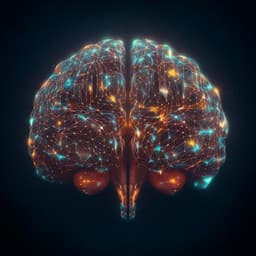
Computer Science
Universal structural patterns in sparse recurrent neural networks
X. Zhang, J. M. Moore, et al.
This research by Xin-Jie Zhang, Jack Murdoch Moore, Gang Yan, and Xiang Li delves into how sparse recurrent neural networks can match the performance of fully connected networks while being more energy and memory efficient. Their insights reveal a fascinating structural balance in optimized sparse topologies that not only enhances performance but also stretches across advanced models like Neural ODEs. A must-listen for those interested in cutting-edge network architecture!
~3 min • Beginner • English
Related Publications
Explore these studies to deepen your understanding of the subject.







